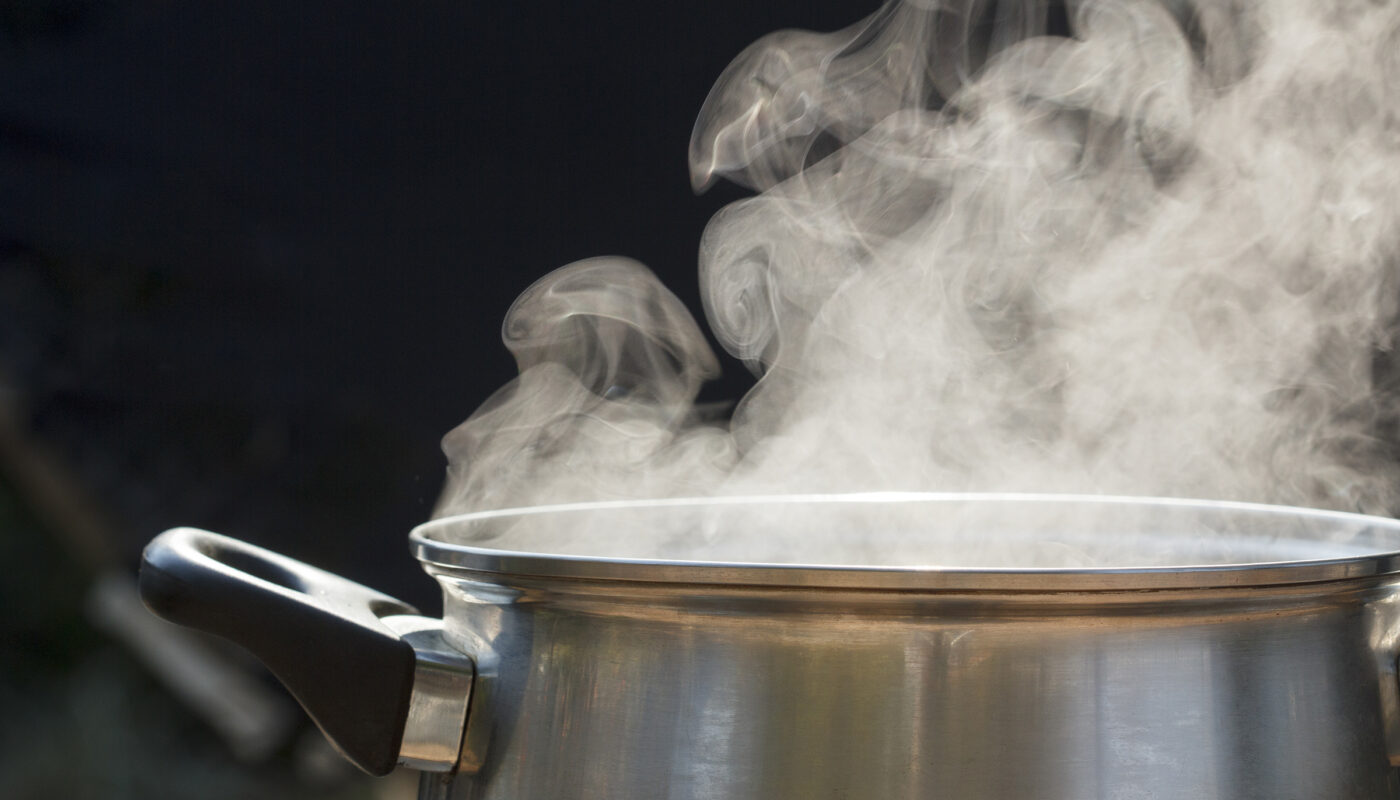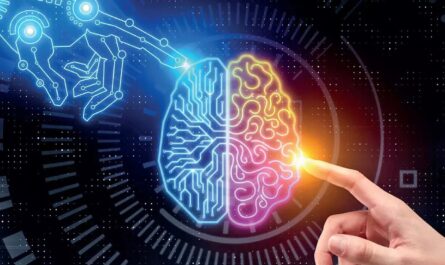A team of scientists from Hong Kong and Guangzhou, China, drew inspiration from the classic drinking bird toy to develop a groundbreaking engine capable of efficiently converting energy from water evaporation into electricity. This innovative device, known as the drinking bird triboelectric hydrovoltaic generator, has been able to generate energy outputs exceeding 100 volts, surpassing other methods of generating electricity from water. The generator can operate for several days using just 100 milliliters of water as fuel, as per a recent study published in the journal Device on March 14.
Hao Wu, a professor at South China University of Technology and the study’s lead author, emphasized the unique potential of the drinking bird generator to power small electronics in ambient conditions by utilizing water as a readily available fuel source. Wu expressed excitement and surprise at the remarkable results produced by the device.
The traditional drinking bird toy, a common fixture in science classrooms, served as the inspiration behind the development of this innovative generator. The toy consists of two glass bulbs connected by a glass tube, with methylene chloride— a highly volatile liquid—stored within. When the bird’s head is dipped in water, the subsequent evaporation causes a pressure difference that propels the liquid in the tube, leading the bird to “drink” before repeating the cycle.
Wu, who previously worked as a postdoc in Prof. Zuankai Wang’s group at The Hong Kong Polytechnic University, drew upon the concept of the drinking bird toy to increase voltage output from an evaporation energy generator. This innovative approach led to the inception of the drinking bird triboelectric hydrovoltaic generator.
To construct the generator, Wu and her team integrated two triboelectric nanogenerator modules to the drinking bird engine. These modules collect mechanical energy and were vital in boosting the generator’s functionality. By utilizing this setup, the researchers successfully powered various small electronics, including liquid crystal displays (LCDs), temperature sensors, and calculators.
One of the primary challenges faced during the research was overcoming friction within the generator. Wu and her team addressed this issue by incorporating patterned fibers within the charge transfer materials of the nanogenerator modules, reducing friction and enhancing the device’s overall performance.
Looking ahead, the team plans to design a new drinking bird from scratch to further improve the efficiency of converting water evaporation into electrical energy. Prof. Zuankai Wang, the corresponding author of the study, emphasized the team’s commitment to exploring diverse applications for this innovative device with the goal of developing a practical product for everyday use.
*Note:
1. Source: Coherent Market Insights, Public sources, Desk research
2. We have leveraged AI tools to mine information and compile it.




